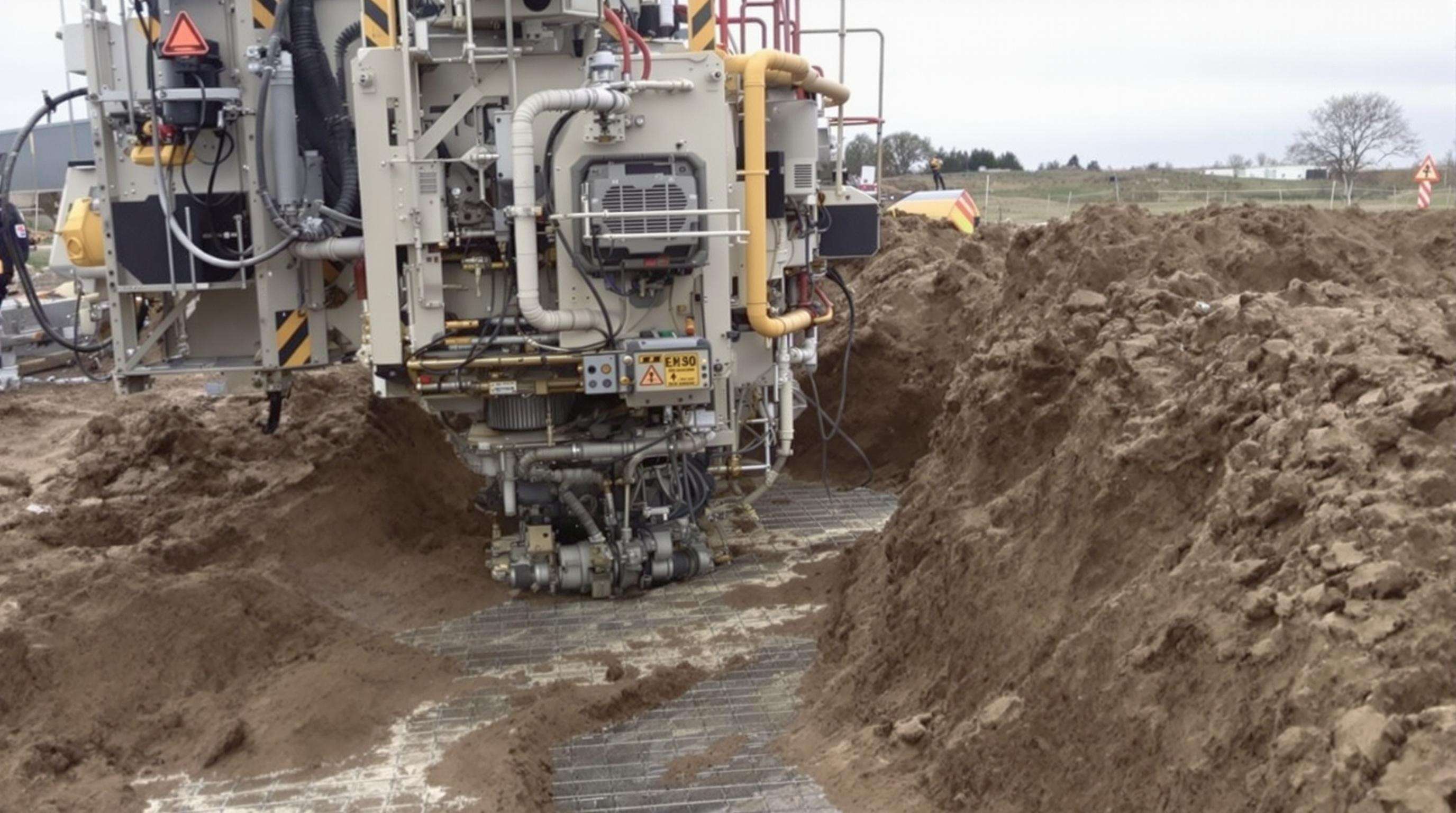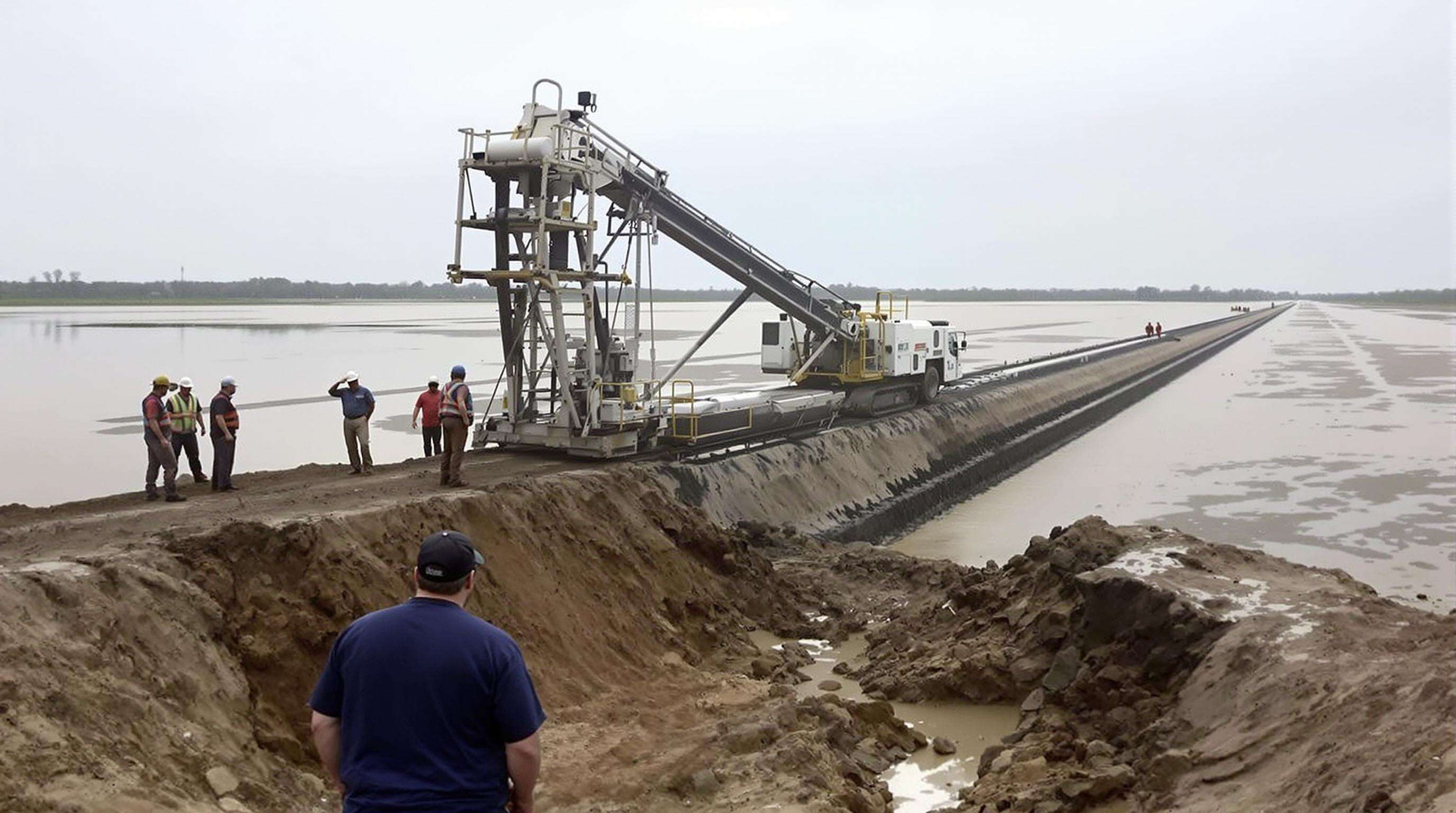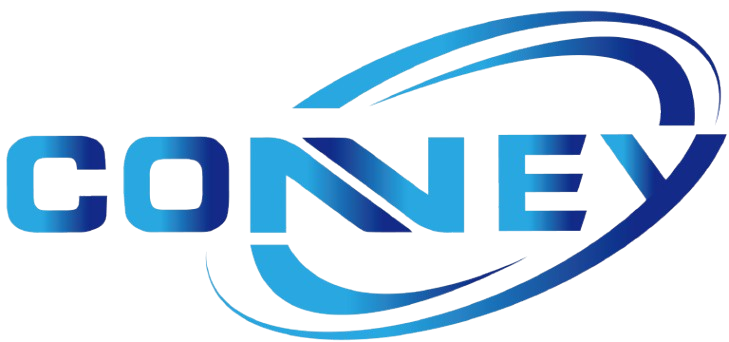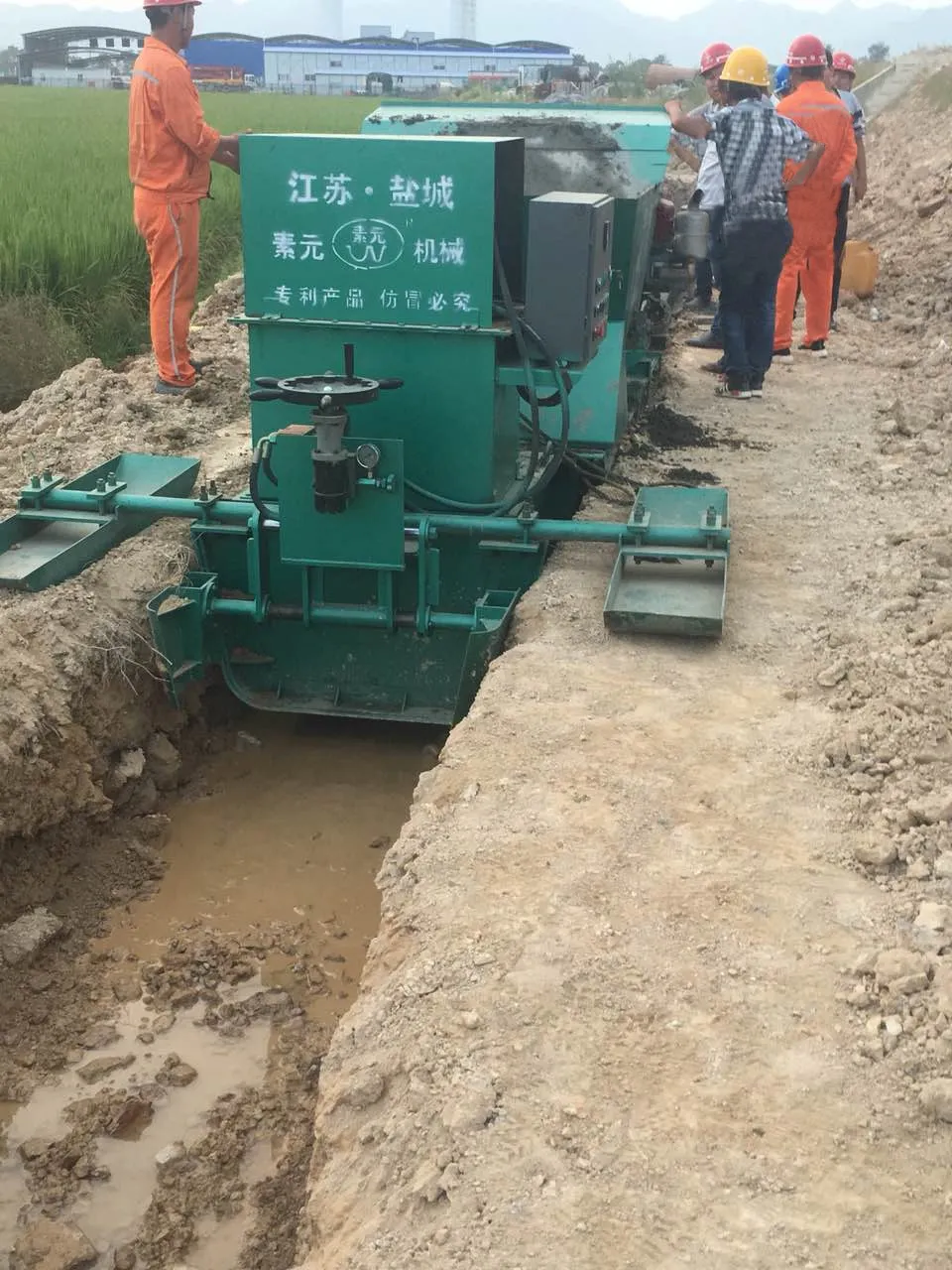Ditch Lining Machine Definition and Core Components
A ditch lining machine is a type of construction machinery used to automate the process for the placement of impermeable or water impervious liners within a trench used for water drainage or irrigation. These machines use geomembranes, usually HDPE liners, along the contours of ditches to prevent soil erosion and keep groundwater clean. In contrast to manual placement, mechanical ditch lining provides consistent material tension with the proper overlap seal which is important for the long-term integrity of the barrier.
Base items feature a liner-deployment carriage with tension-monitored rollers and an in-board trencher in the hood for subgrade preparation, synchronized compaction wheels, and hydraulic slope-adjust arms (0–45°). But the use of GPS-guided alignment systems here keeps the frac within centimeters, and onboard density sensors confirm soil compaction, and thereby lack of due for subsurface voids. Those units will now also be available with an automated seam welding module which can reduce installation time by 60% against traditional methods.
Types of Ditch Lining Machines in Earthmoving Equipment
Trenching vs. Chain-Type Ditch Liners
Trenching machines use rotating cutting wheels for precise linear excavations, ideal for straight utility installations. Chain-type models employ continuous moving chains, excelling in rocky or uneven terrain due to adaptive digging angles.
Hydraulic-Powered Models for Heavy-Duty Projects
Hydraulic systems deliver consistent power in dense clay or frozen substrates, making them ideal for large-scale infrastructure like flood channels. Their modular design allows integration with existing fleet carriers.
Compact Electric Units for Urban Construction
Electric-powered liners offer zero-emission operation (65 dB) and maneuverability in confined spaces. Lithium-ion batteries provide 4-6 hours of runtime, making them suitable for municipal water projects.
Operational Mechanics of Ditch Lining Machines

Soil Stabilization Through Automated Laying Systems
Sensors measure compaction resistance and moisture levels in real-time, adjusting lining tension and pressure for optimal load distribution. Stabilization grids are embedded up to 1.8 meters deep while maintaining 25–40 cm/min advancement speeds.
Slope Angle Adjustment Mechanisms
Hydraulic articulation systems adjust slopes between 25°–70°, with telescopic undercarriages compensating for elevation deviations. Integrated inclinometers detect stability thresholds, locking joints when necessary. Cohesive clay soils favor steeper angles, while sandy substrates require flatter configurations (<35°) to prevent collapse.
Selection Criteria for Construction Machinery Functions
Project Scale vs. Machine Throughput Capacity
Small-scale urban projects (<500 linear feet) benefit from compact electric models (15–25 ft³/min). Large flood control projects (>5 miles) need hydraulic units (80–120 ft³/min) to avoid schedule overruns.
Soil Composition Analysis Requirements
- Clay-heavy soils require heated screed systems to reduce adhesion.
- Sandy/gravel mixes need enhanced vibration dampeners.
- High-moisture substrates necessitate real-time density monitoring.
Incomplete soil testing accounts for 68% of equipment malfunctions.
Operator Skill Level and Training Needs
Advanced hydraulic systems require 50–70 hours of certified training. Projects with trained operators report 31% fewer rework incidents.
30% Labor Reduction in Mississippi Levee Project

Automated lining systems in the 2022 Mississippi River Levee project reduced manual labor by 30%, saving 12,000 work-hours. Hydraulic-powered units completed 2.3 miles daily–40% faster than manual crews–and maintained ±0.5° slope accuracy. The approach saved $2.7 million annually in labor costs and avoided $850k in potential flood penalties by finishing 22 days ahead of schedule.
Industry Paradox: Automation vs. Manual Techniques
Yet while automation decreases labor costs by 30% and speeds up timelines by 25%, the initial costs is more than $200k per unit, plus maintenance, and training costs. For small scale works it is still advantage of the manual labour crews, in which or where below given machinery costs do not offer any machanianatical advantages. Over use of automation may deminish problem solving ability as in the case of industrial automation paradigms. The Balanced Method that brings the ability to adapt in complicated landscapes.
FAQ
What is a ditch lining machine used for?
A ditch lining machine is used to automate the placement of impermeable liners in ditches to prevent soil erosion and maintain water quality.
Are there different types of ditch lining machines?
Yes, there are various types, including trenching machines, chain-type ditch liners, hydraulic-powered models, and compact electric units, each suitable for different terrains and projects.
What are the benefits of automated ditch lining machines?
These machines offer time savings, cost reductions in labor, consistent liner placement, and enhanced project timelines. However, they come with higher initial costs.
How do ditch lining machines contribute to soil stabilization?
The machines use sensors to measure soil compaction and moisture, adjust lining tension, and embed stabilization grids for optimal soil stabilization.
Table of Contents
- Ditch Lining Machine Definition and Core Components
- Types of Ditch Lining Machines in Earthmoving Equipment
- Operational Mechanics of Ditch Lining Machines
- Selection Criteria for Construction Machinery Functions
- 30% Labor Reduction in Mississippi Levee Project
- Industry Paradox: Automation vs. Manual Techniques
- FAQ




